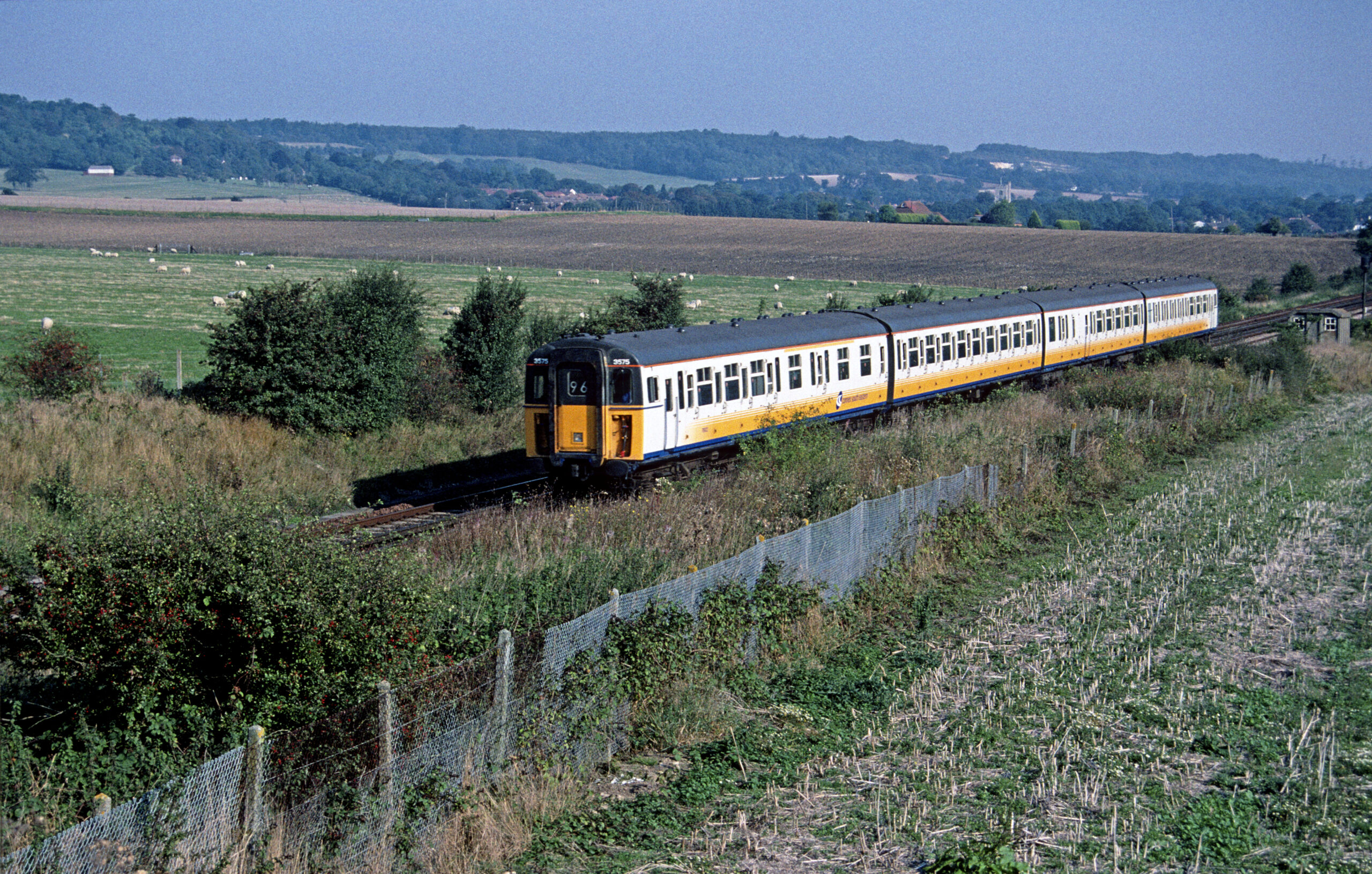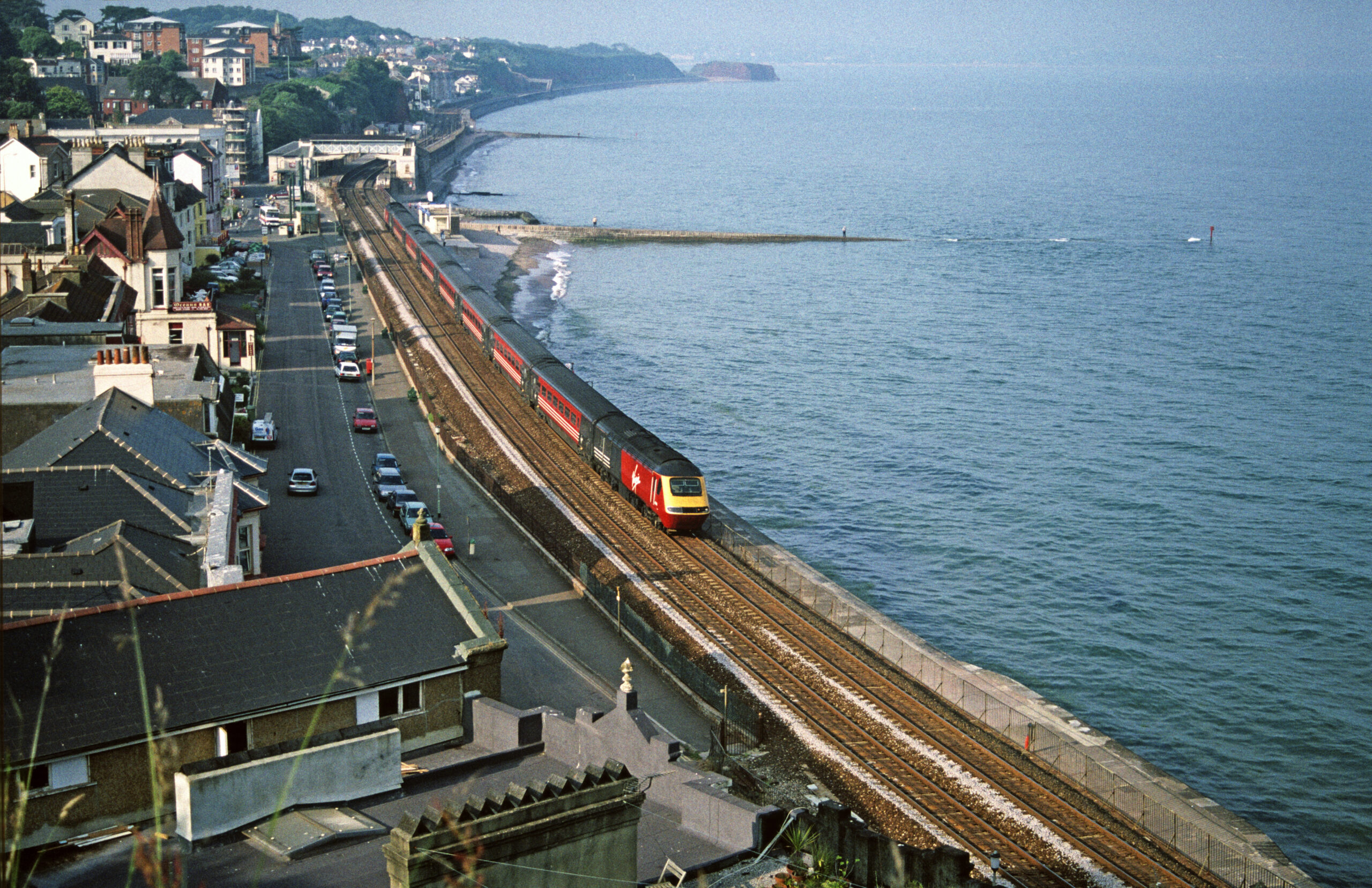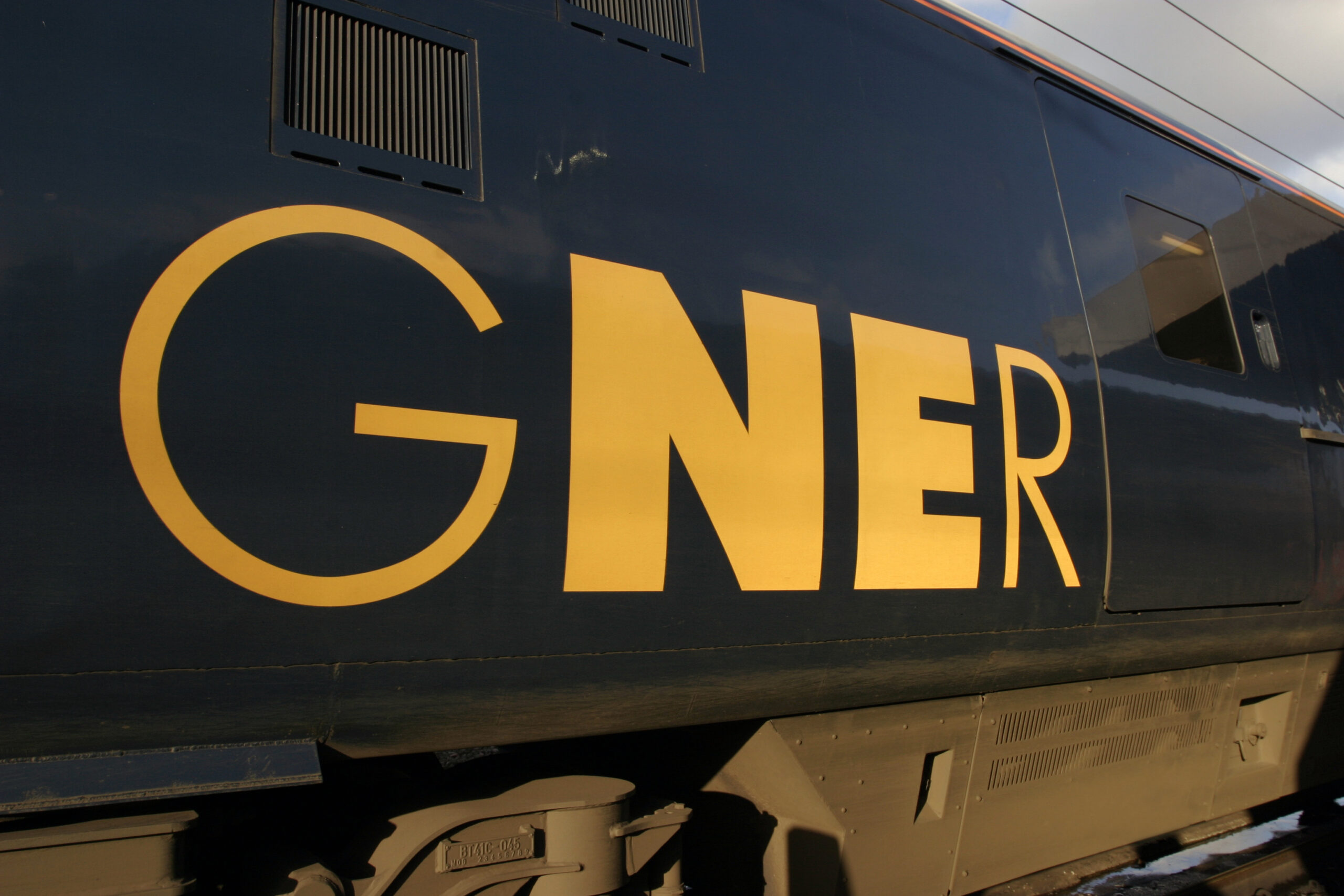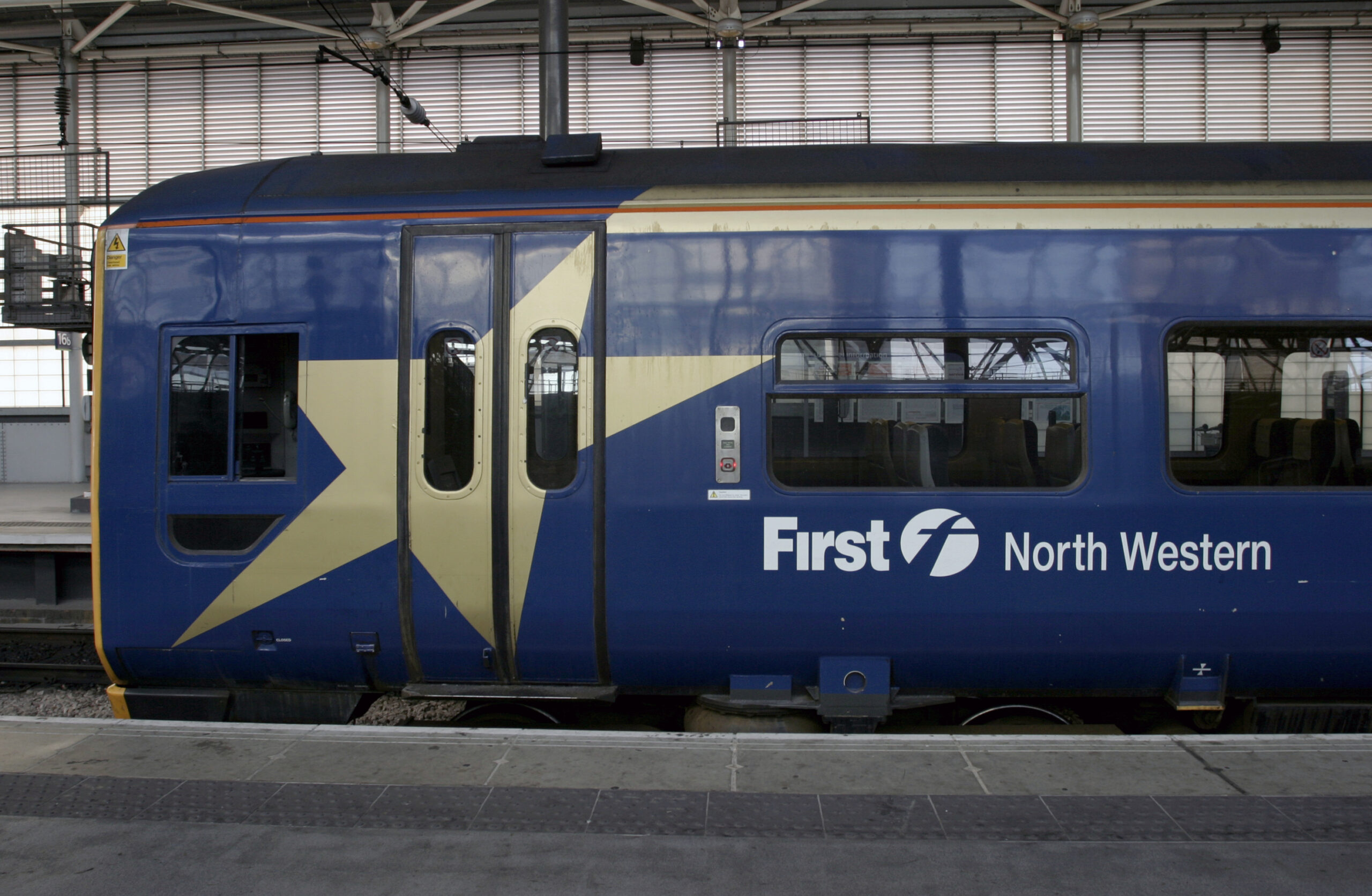Britain’s railways are an area of history that is remarkably well covered with archive collections. From letters describing the opening of the Stockton and Darlington Railway, to photographs of the Advanced Passenger Train being developed, from drawings of steam locomotives, to civil defence preparations for stations, there is a wealth of information available. Despite this excellent coverage, there is one major area that has been overlooked—the privatisation of British Rail in the mid-1990s along with the companies that have existed since. Archive collections relating to this history have been almost completely overlooked and the Rail Industry National Archive aims to remedy this situation.

The Railways Act 1993, which began the privatisation process, produced over 100 companies that operated all former British Rail activities including track maintenance, parcel delivery, catering, design, and a technical college. For the travelling public the most visible of these were the new Train Operating Companies (TOCs) which were to run passenger services. 25 of these were formed when the three passenger sectors, Intercity, Regional Railways and Network SouthEast, were broken up, roughly corresponding to the sub-sectors that had been created in 1991. They operated services in geographic areas from the tiny Island Line, responsible for the 8 ½ miles on the Isle of Wight, to ScotRail and CrossCountry, operator of the 785-mile Aberdeen to Penzance service. These were operated by British Rail until they were sold on to their new operators between 1995 and 1997.

The TOCs were sold via a range of management buyouts, such as Great Western Holdings and M40 trains, new companies created specifically to bid for rail franchises such as GB Railways, and companies established when the bus industry was privatised in the 1980s, such as First and Stagecoach. The new companies operated services based on franchises from the Department of Transport using rolling stock leased from newly established Rolling Stock Leasing Companies (ROSCOs), Angel Trains, Eversholt and Porterbrook, and on tracks maintained by Railtrack, later Network Rail. This led to many new names in the rail industry included GNER, Virgin Rail and South West Trains.

Over the years many of these would be consolidated and changed and there are now 17 TOCs. Names such as Prism, Connnex and GB Railways would come and go as would franchises such as One, Wessex Trains and First North Western. Some companies, such as Great Western and Chiltern have been a constant, but they have undergone serious changes. The Great Western electrification, Thameslink 2000 and West Coast upgrade have all led to shifts in the rail industry and the companies that operate it. New rolling stock, improved stations and other work have led to a great deal of change over the last 30 years.

We do not know which records remain to tell the history of these companies and the developments that have occurred during their operation, and the RINA project hopes to solve this. Our surveying officer will therefore go out to the current private rail operators to review the records they hold. This will produce a report for the Rail Heritage Advisory Board that will allow them to designate the historic records so they can be preserved for future generations. Visit our page on the Rail Heritage Advisory Board for more information.
If you have any questions or queries, please contact RINA@railwaymuseum.org.uk

